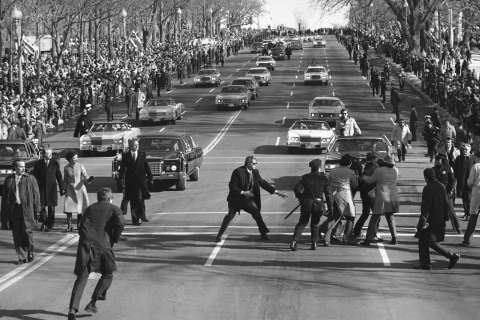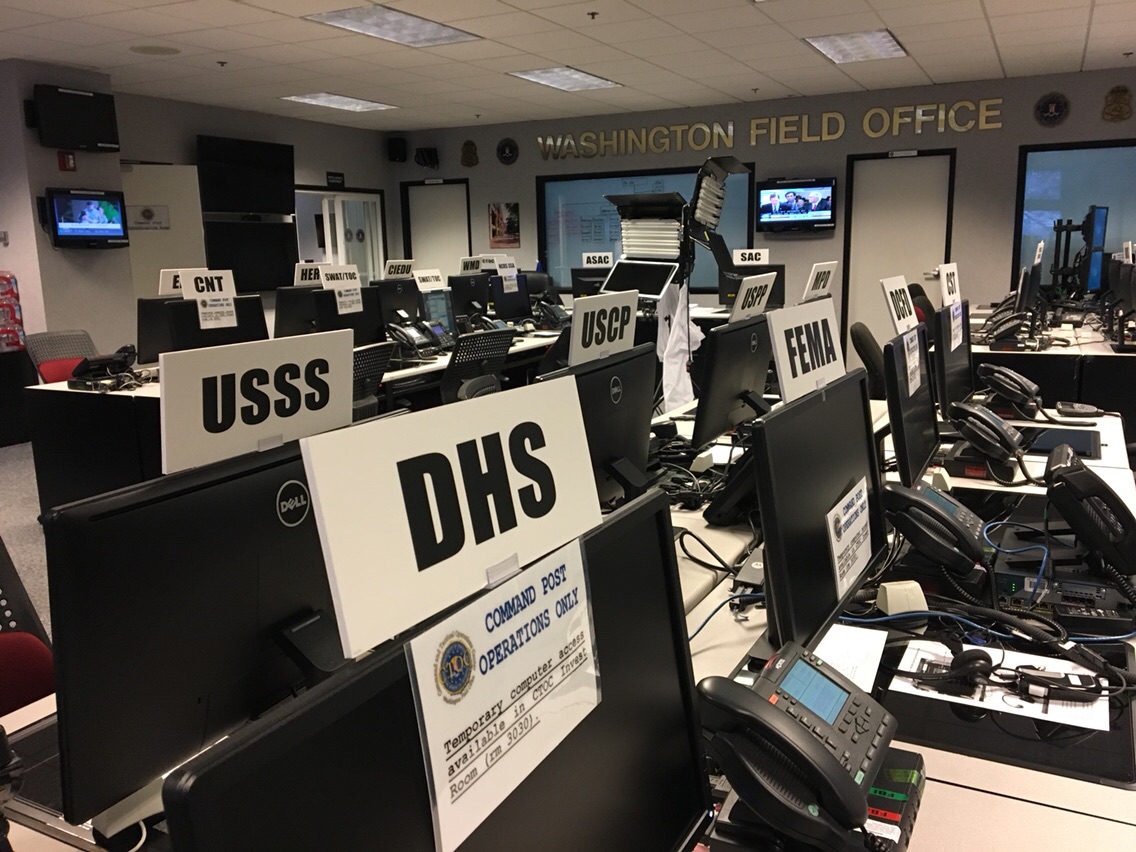
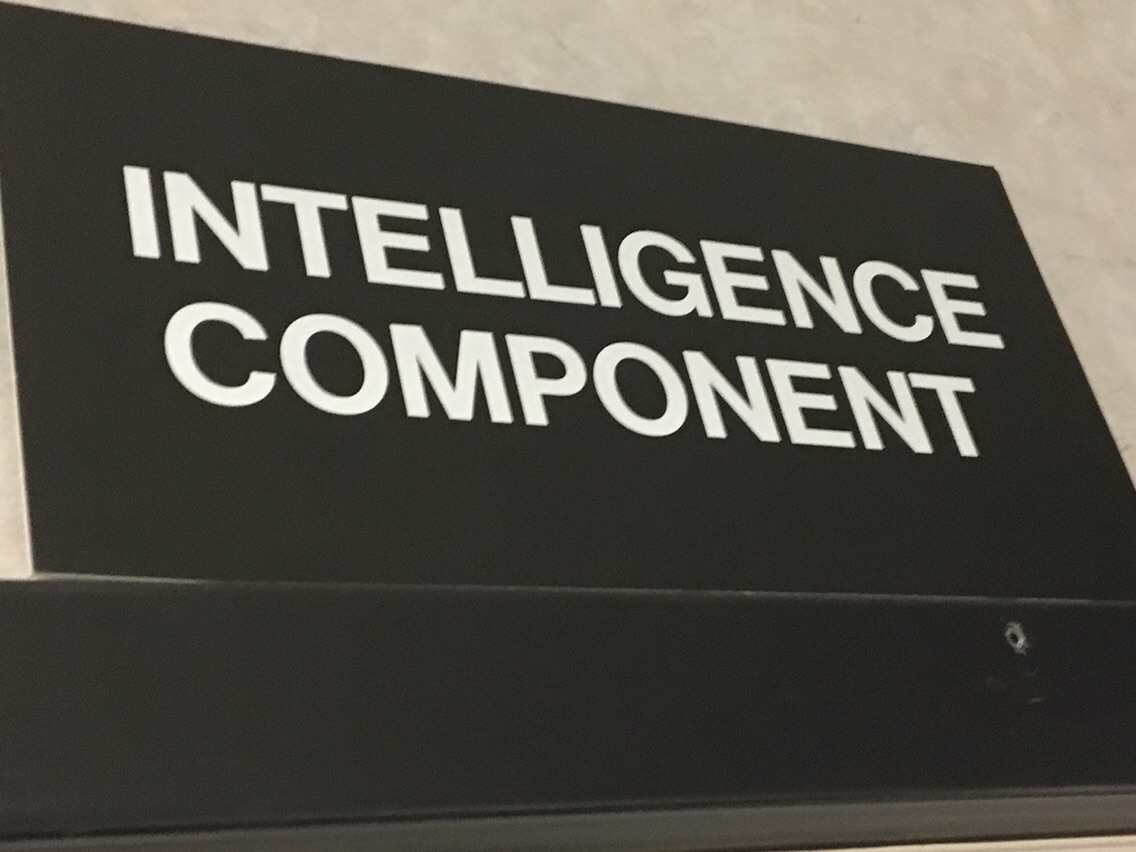
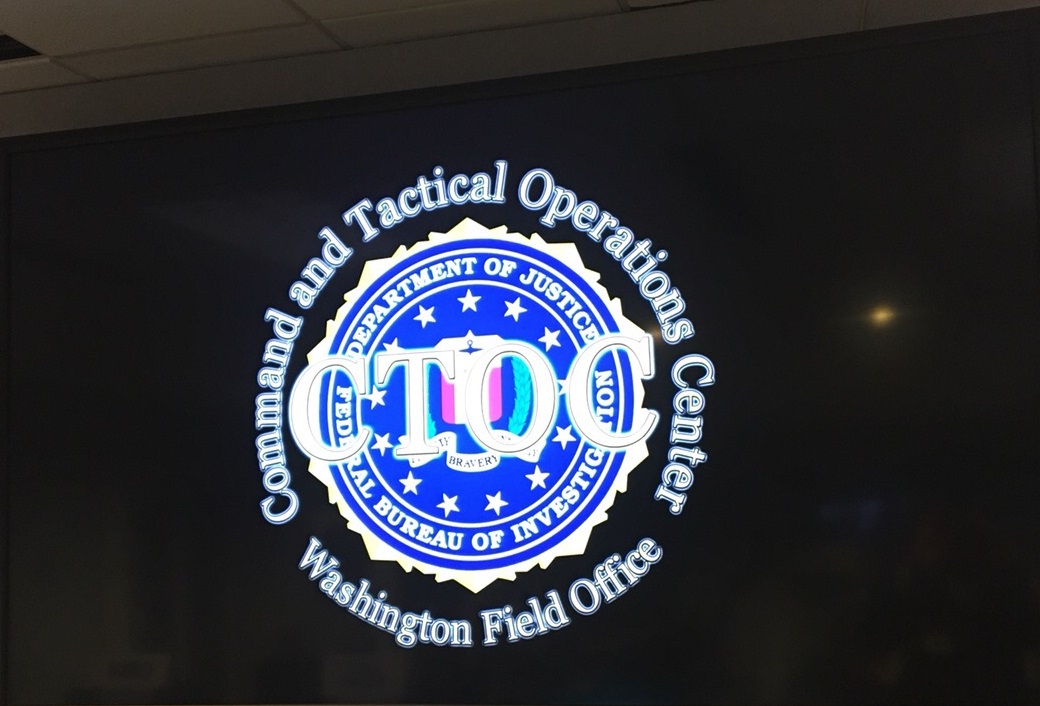
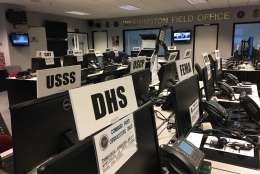
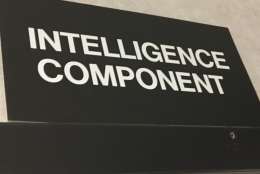
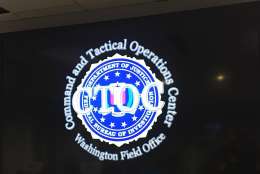
WASHINGTON — Thousands of law enforcement officers, federal agents, military members, intelligence analysts, weapons experts and crisis-management personnel are preparing for a long weekend, but this one will be anything but relaxing.
Up to a million people may converge on or near the National Mall in the days before, during and after the inauguration. U.S government officials indicate almost 100 groups have applied for permits to protest, some of which don’t see eye to eye.
But the silent eyes of hundreds of cameras powered by sophisticated software — deployed in a dozen or more command centers throughout the region — may be the key to shutting down any dangerous activity before it gets out of hand.
Security personnel will patrol the 1.9-mile secure zone and surrounding areas from rooftops, the streets and inside buildings and vehicles.
Cameras will be logging almost every move that is made.
“One of the big technology tools that’s been developed in recent years, that will be a big help, is software that helps coordinate closed circuit television (CCTV) coverage of the parade route,” said Scott Stewart, vice president of tactical intelligence at Stratfor.
The route is blanketed by CCTV cameras, but Stewart said, “It’s very difficult when you’re an operator sitting in front of a bank of different TV monitors.”
He said the new software can help direct an operator’s attention. “When activity happens in a critical zone, you can actually isolate those critical zones using the computer software, because it tells you when there’s someone there,” said Stewart.
The many CCTV cameras and other video capture methods, along with sophisticated camera software technology inside the command center, could help authorities head off trouble before it starts. “It allows you to quickly vector security forces to counter anything that might be a threat or a problem,” said Stewart.
On Jan. 10, Paul Abbate, the assistant director in charge of the Washington Field Office of the FBI, walked through an empty, quiet room with desks, computers, wall monitors and assigned seats for dozens of task force members in the Command and Tactical Operations Center.
“It’s quiet here today,” he said, “but on and around Inauguration Day it will be filled with activity.”
The command center is designed to facilitate the capture of information, the analysis of what it means, and the deployment of the specific resources needed to deal with any scenario.
Abbate said, “that would include special agents, intelligence analysts, surveillance teams, bomb technicians, tactical operators, SWAT hostage rescue teams and crisis negotiators.”
Evidence recovery and response personnel are also on standby.
Less than a mile away at Secret Service headquarters at the Joint Intelligence Center, a similar setup will be operating, focused on the parade route and all of the people they are responsible for protecting.
“It starts with the inner perimeter. You want to make sure that our inner perimeter is locked down tight. Then you start to branch out to the middle perimeter and then the wider perimeter,” Secret Service Director Joseph Clancy said.
The JIC will also rely heavily on CCTV imagery. But with hundreds of agents on duty and the eyes and ears of their partner organizations, the critical element, Clancy said, is to be able to make sense of the information they get and remain able to act on it.
“It’s very similar to the sharing of information that you see in the Joint Terrorism Task Forces. We do a great deal of sharing in the cyber world too, with the private sector as well as local, state and federal authorities, too. We’re all sharing the information we have so that we can be strong in this arena as well,” Clancy said.
The Federal Emergency Management Agency will also be tuned in through a sophisticated command center.
FEMA said in a statement that during the past seven months, they’ve worked closely with the U.S. Secret Service and others “in support of the overall inauguration planning effort through integrated planning, training, and exercises to be prepared to respond to numerous all-hazards scenarios if required.
“The close daily working relationships of all partners contribute to a high level of readiness for this event,” they said.


